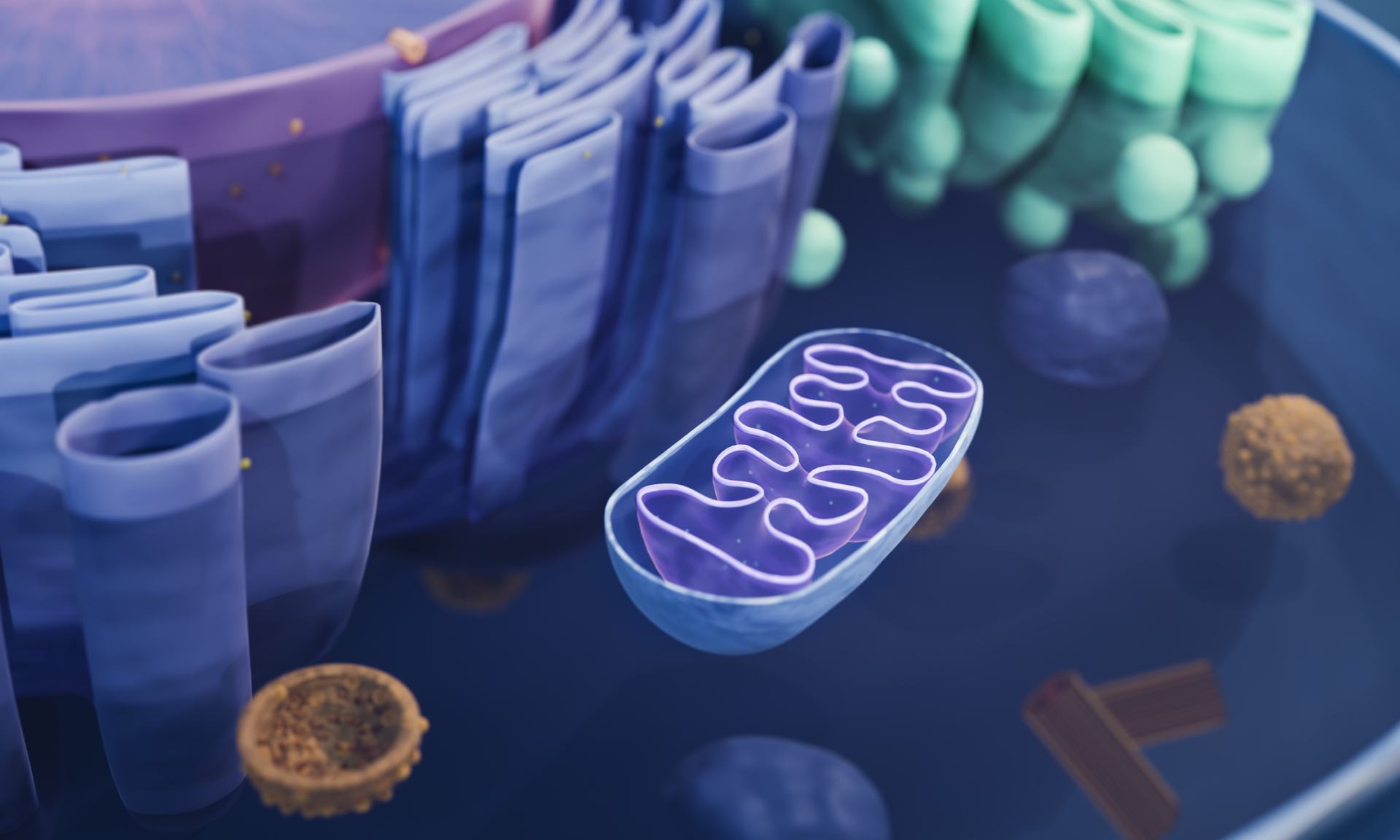Uncovering the role of organelles cross-talk in ALS pathogenesis

Intriguing evidence suggests that dysfunctions in membrane contact sites – complex molecular platforms that allow communication between organelles – are a common element in ALS. Leonzino’s project aims to dissect their role in the disease, thanks to funding from Tambourine in partnership with the Milken Institute
Tambourine Philanthropies, in partnership with the Milken Institute Science Philanthropy Accelerator for Research and Collaboration, announced the recipients of its ALS Breakthrough Research Fund – over $5 million total to eight research teams around the world for basic and discovery-focused research aiming to change how we understand and treat amyotrophic lateral sclerosis (ALS).
Among the recipients there is Marianna Leonzino, a young investigator of the Italian National Research Council (CNR) working in the Neuroscience Program Area of Humanitas Research Hospital. Leonzino will lead a project titled VAPB and membrane contact sites in amyotrophic lateral sclerosis (ALS), in collaboration with Paolo Colombi, from the CNR Institute of Molecular Genetics.
“I’m honored to be selected as one of the eight recipients of the Tambourine ALS Breakthrough Research Fund,” says Marianna Leonzino. “ALS has a very heterogeneous origin, with several different genes known to cause familial forms of the disease and over 85% of cases being of unknown causes. With this project, I hope we will contribute to shed light on the shared molecular pathways that lead to ALS, regardless of the specific cause, and provide the scientific community with novel powerful tools to investigate the disease’s fundamental biology.”

The role of inter-organelles communication in neurodegenerative processes
Membrane contact sites link different organelles within the cell, facilitating the exchange of molecules and signals between them. The hypothesis behind Leonzino’s project is that these contacts are central players in the development of amyotrophic lateral sclerosis (ALS).
Of particular interest is a contact site protein, known as VAPB, that has a crucial role in bridging the endoplasmic reticulum with other cellular organelles. Notably, mutations in VAPB are responsible for a familial form of ALS, while in other forms, including some sporadic cases, the protein is downregulated. Moreover, increasing its expression has been shown to ameliorate symptoms in mice carrying mutations associated with ALS.
“Despite the growing body of evidence, a systematic and comparative analysis of membrane contact sites in different ALS models is lacking. Our project aims to bridge this gap by directly comparing contact site features across various forms of ALS, including sporadic cases, and identifying the specific downstream pathways affected. The final goal of the project is to identify the shared molecular processes that are the backbone of ALS neurodegeneration, regardless of the specific form of the disease,” concludes Leonzino.
About the ALS Breakthrough Research Fund
Tambourine launched the ALS Breakthrough Research Fund in 2023 to support creative, bold ideas that hold the potential to generate breakthrough insights and attract new talent, tools, and ideas to address ALS.
Tambourine’s commitment to supporting basic and discovery-focused research was informed by a landscape of the ALS philanthropic and scientific ecosystem, conducted in partnership with the Milken Institute SPARC, that resulted in a Giving Smarter Guide, released in 2022. This report highlighted critical needs in the ALS field, including support for basic discovery, and foundational research to uncover the biological causes and mechanisms for all types of ALS.
“We created the ALS Breakthrough Research Fund to support novel approaches to diagnose and treat ALS. Today, ALS is a devastating disease for patients and families. We are excited to support scientists working to change that reality,” said Divya Silbermann of Tambourine.